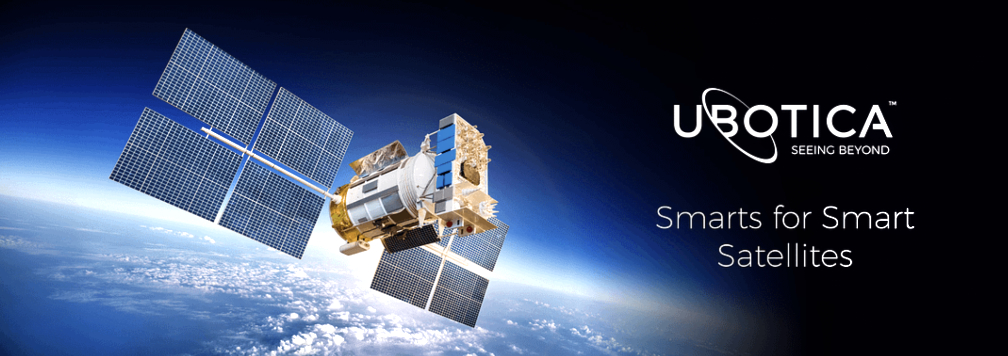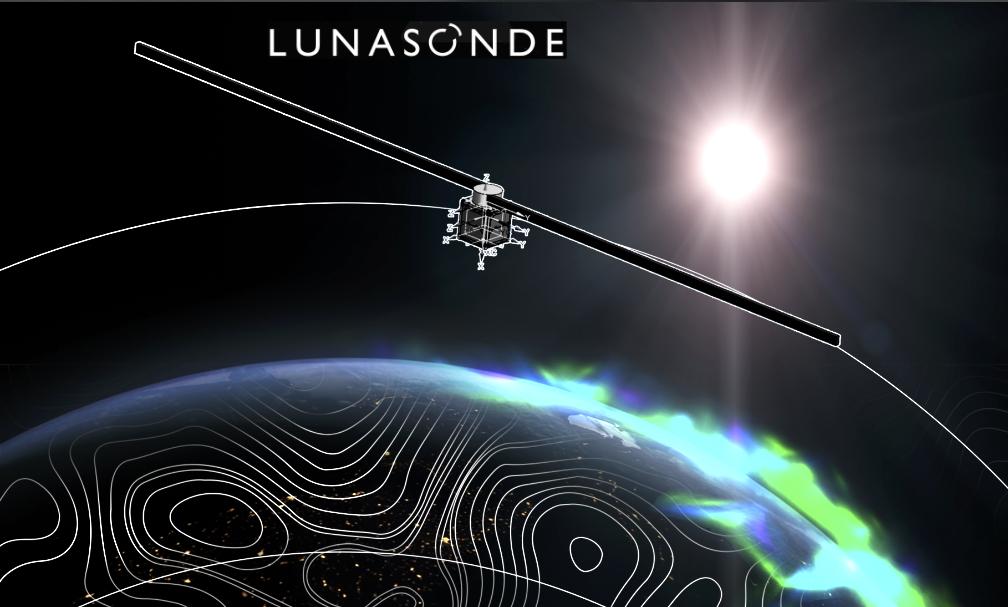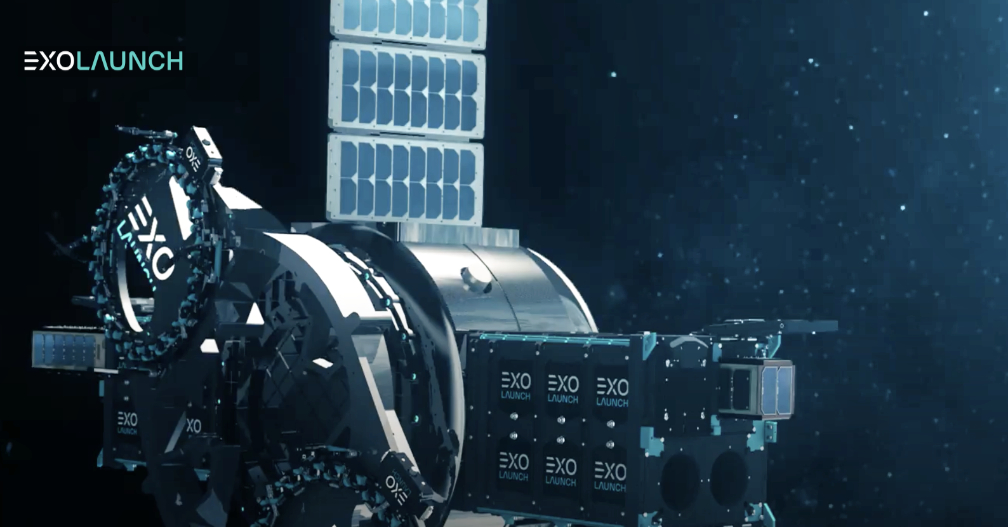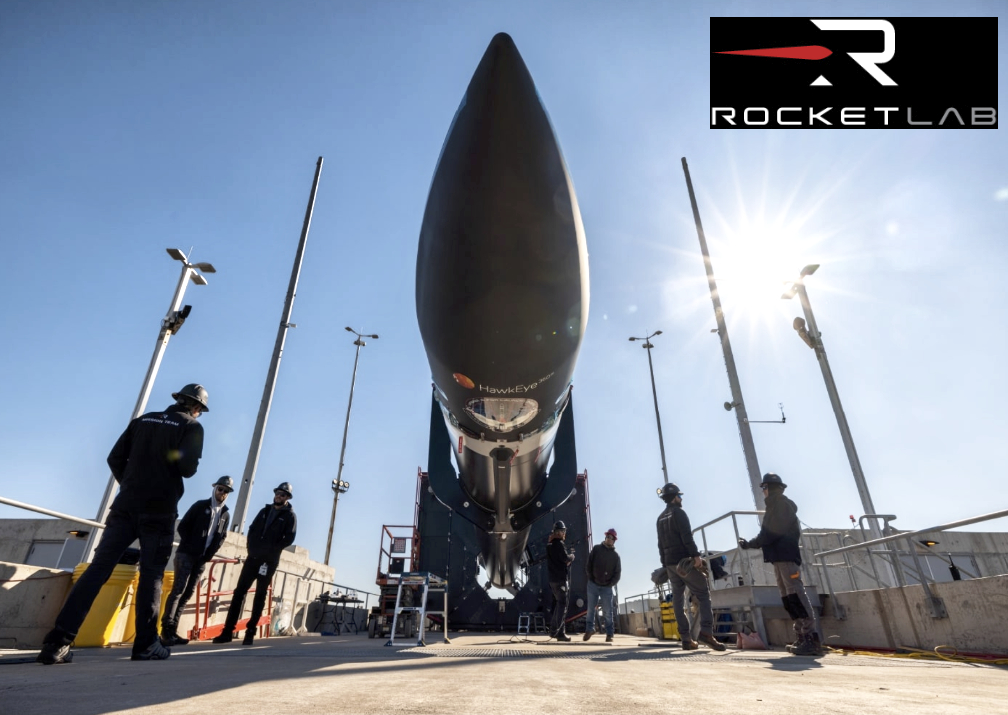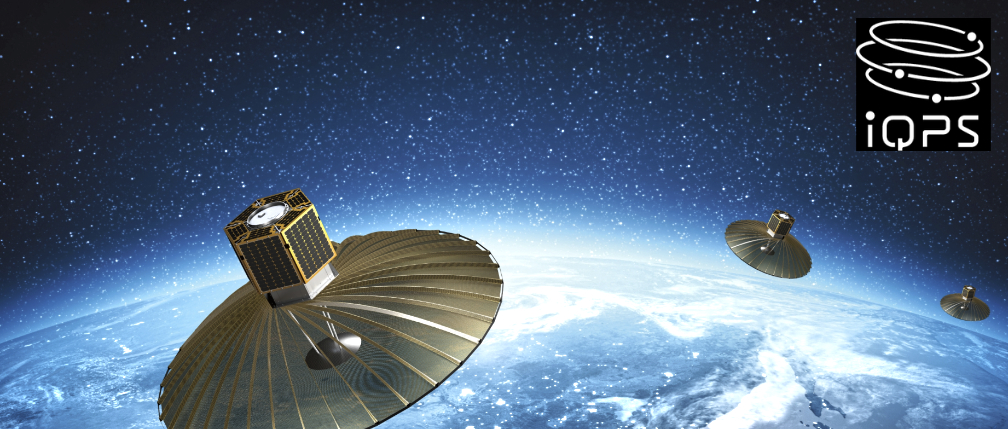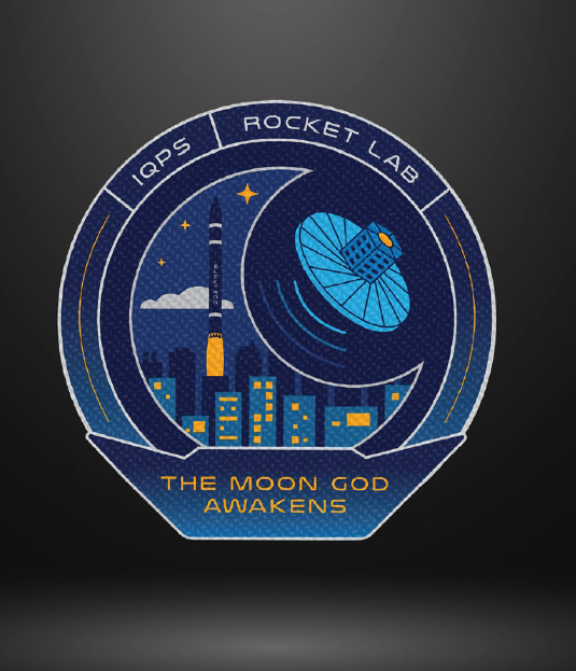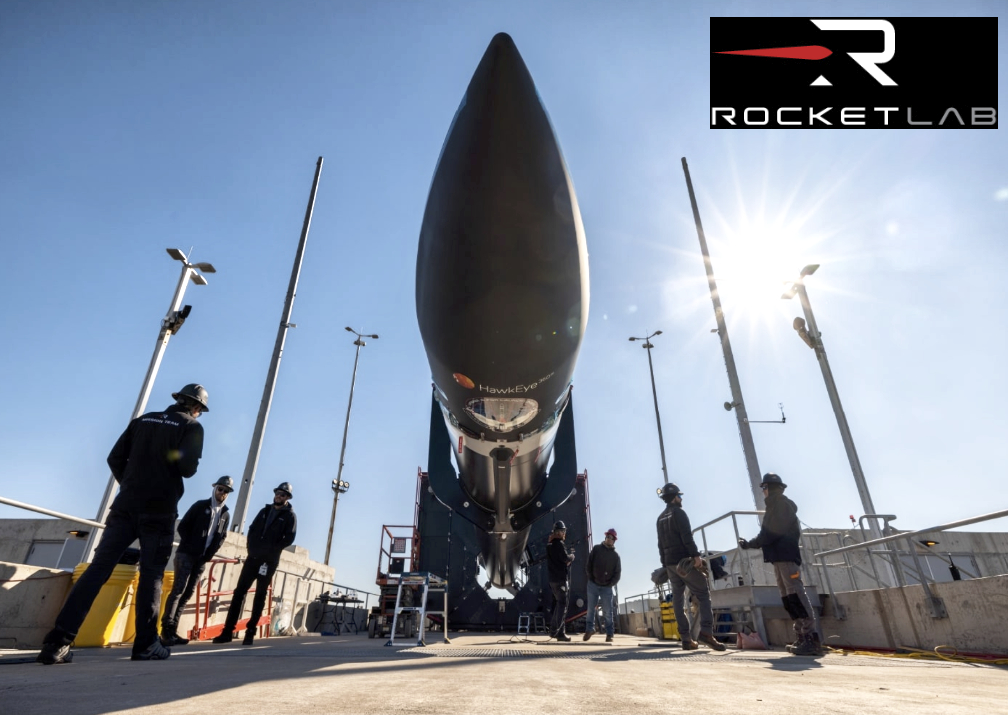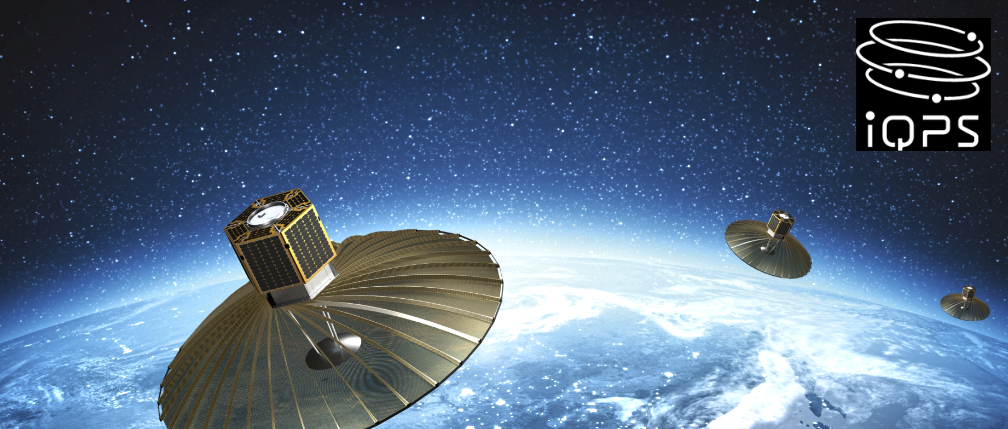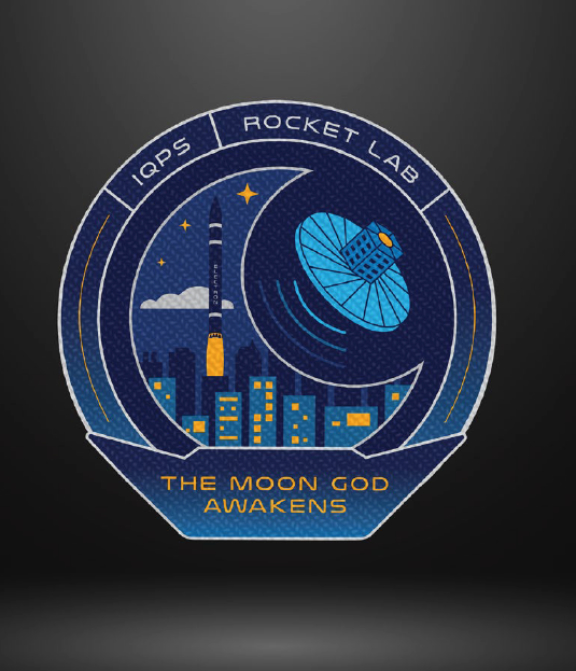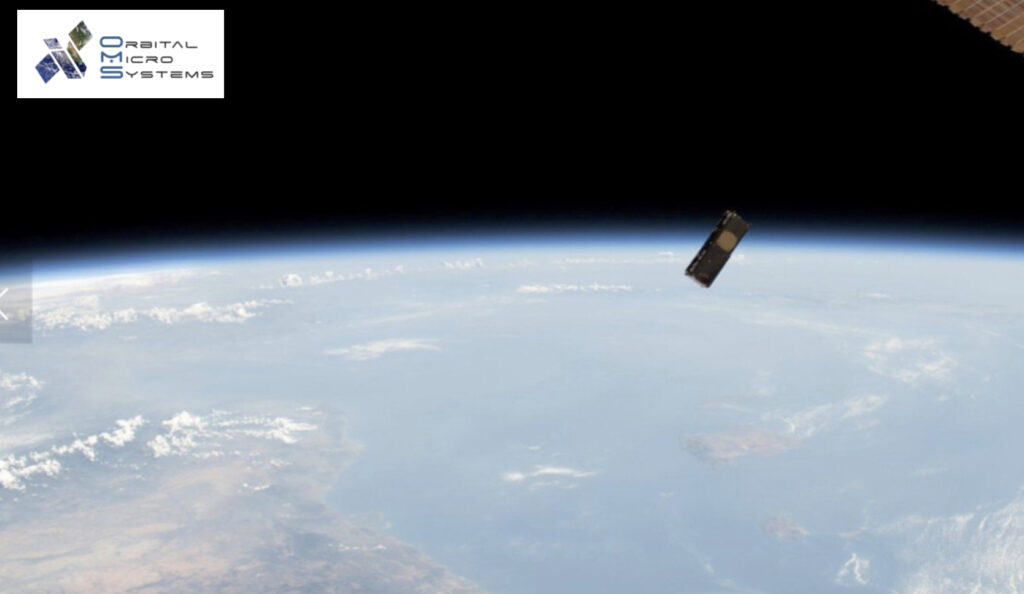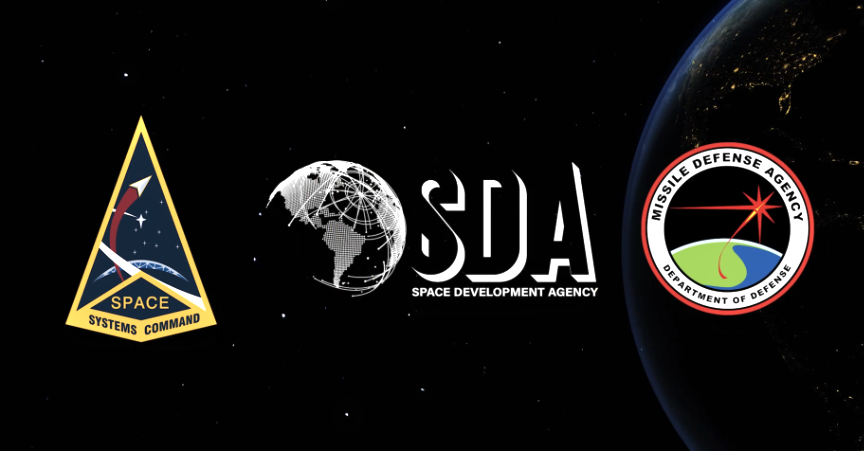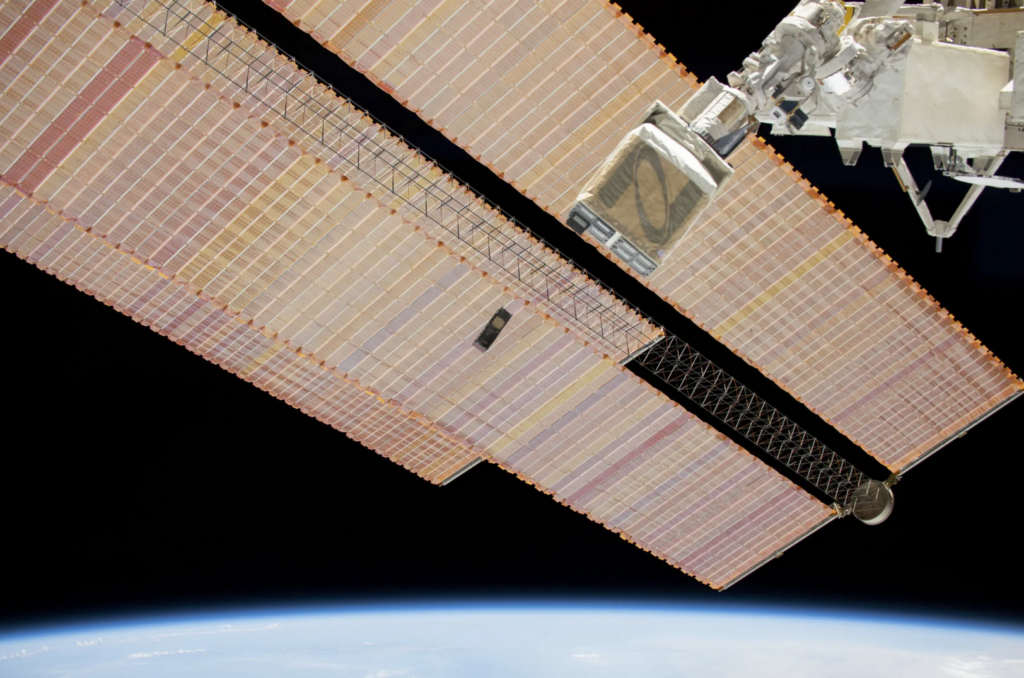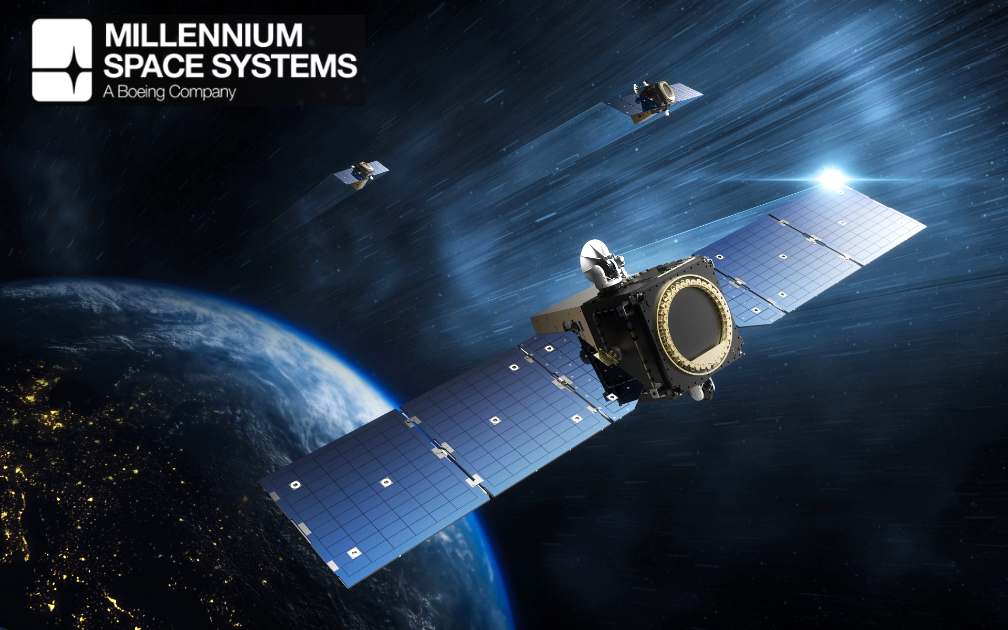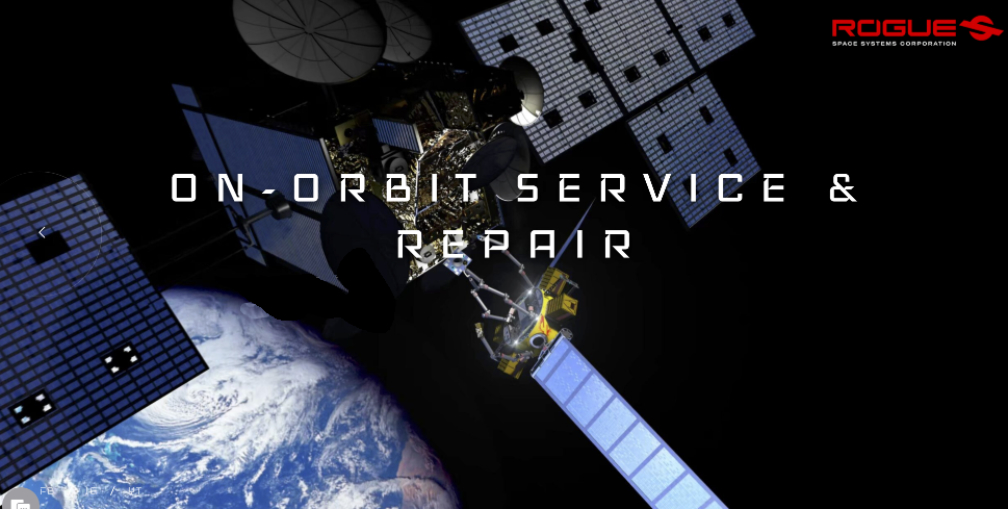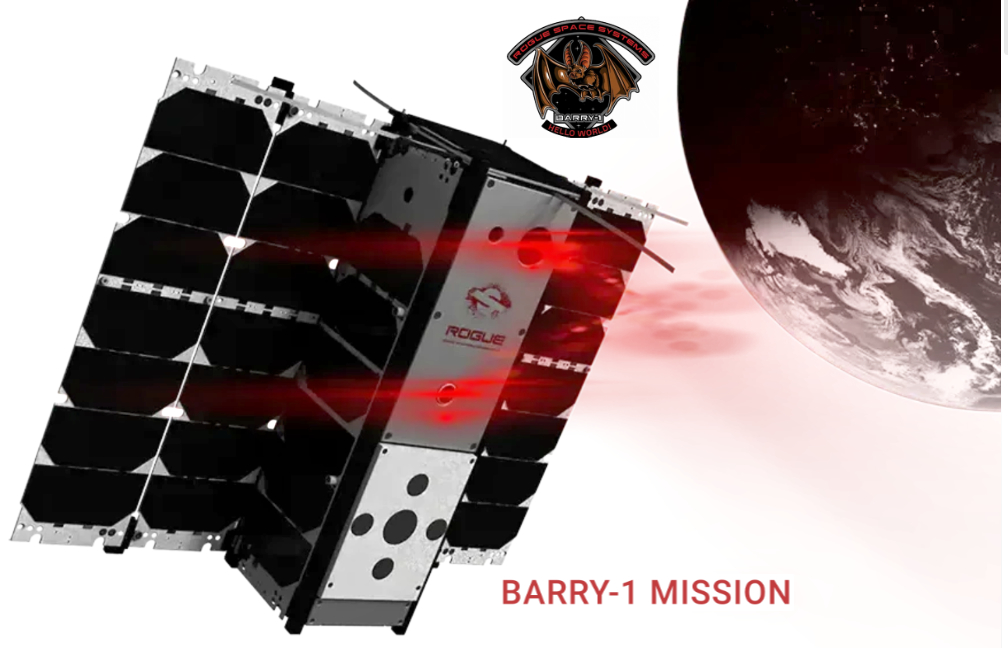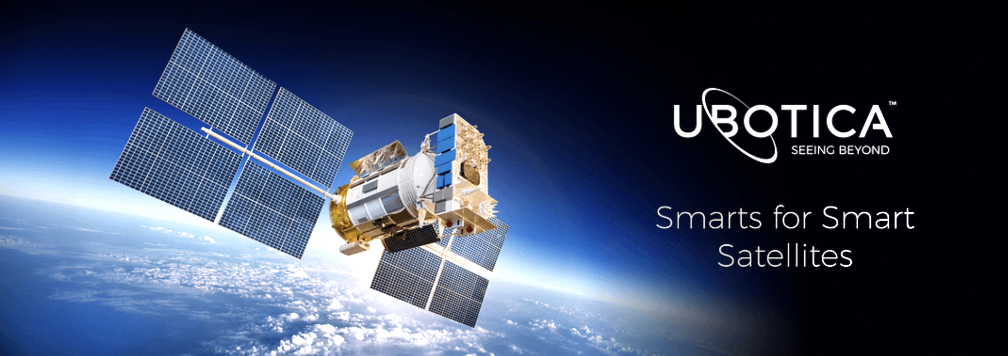

Ubotica Technologies is part of a consortium of organizations to have recently received substantial grant funding from the Irish Government’s Disruptive Technologies Innovation Fund (DTIF).
Ubotica is a SPACE:AI specialist and is part of the NSSPI project consortium that was awarded a total grant of over 7.9 million euros. The grant will be invested in the consortium’s work to develop economically sustainable space technology that encompasses optical communications in space, autonomous satellites and spacecraft and payload modelling, simulation and test research support.
SPACE:AI powers autonomous satellites and spacecraft. Conventional EO offers snapshots – a singular moment – often needing terrestrial post-processing to yield any insights. While valuable, it doesn’t support immediate decisions in pressing situations like environmental shifts, natural calamities, or security issues. SPACE:AI revolutionizes today’s EO by transforming it into actionable, live Earth intelligence. Instead of static snapshots, SPACE:AI provides a continuous live stream of actionable insights generated onboard through a full stack of Edge AI technology that can perform inference on diverse inputs such as optical, hyperspectral, and radar data.
With SPACE:AI, developers can deploy a wide range of innovative applications and models on satellites powered by Ubotica’s SPACE:AI technology, laying the technology foundations for Ubotica to develop a Space App Store. With a single-click interface, developers can securely upload their AI models to satellites operating on the SPACEI:AI platform. These orbital AI applications will generate real-time autonomous decisions and insights in space, removing the need to downlink and process copious amounts of data on Earth thus delivering significant capital and operational expenditure savings.
The DTIF was established by the Irish Government as part of its wider Project 2040 program. The fund is managed by the Department of Enterprise, Trade and Employment and administered by Enterprise Ireland. It was set up to invest in the development and deployment of disruptive technologies on a commercial basis and drive collaboration and co-operation across the sector. As of late November 2023, 364 million euros has been awarded to 103 projects and consortiums across Ireland.
“We are thrilled to be part of the successful NSSPI consortium and grateful to benefit from generous funding from the DTIF for our Live Earth Intelligence technology. Advances in space technology are progressing at an astonishing speed and we are excited to be at the forefront at this important time for space innovation.” — Fintan Buckley, Co-Founder and CEO of Ubotica Technologies
More details about the DTIF are available at this direct link…

